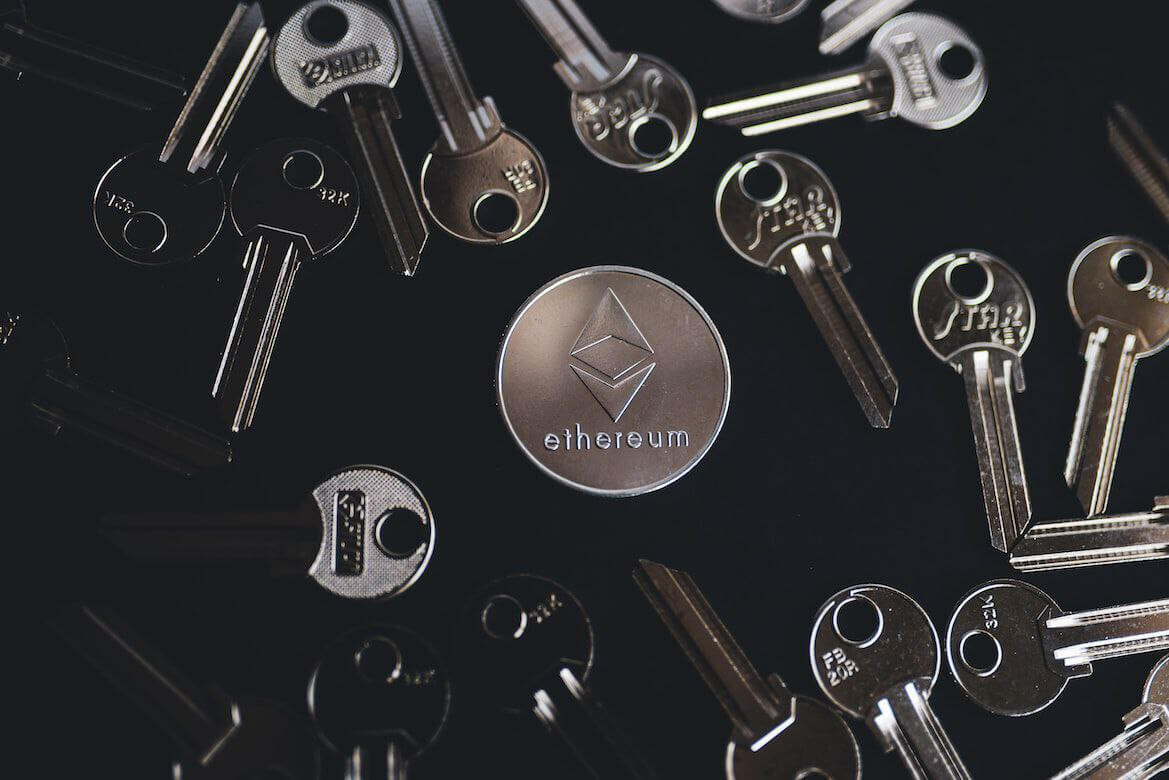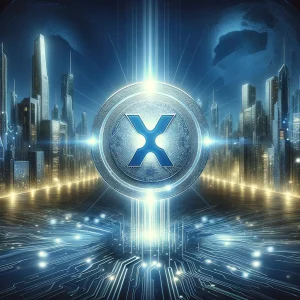We’ve all heard the expression, “Not your keys, not your coin.” This has essentially been a mantra in recent years, but the echo has grown louder as a result of recent events in the crypto space that have left users’ money compromised and lost. The failure of major cryptocurrency platforms has demonstrated that no matter how large a cryptocurrency exchange or platform is it can still collapse anytime, FTX being the latest one. At this point, it is evident that “Self-Custody” is the future of cryptocurrency, and it is time to start looking into self-custody wallets to store virtual assets.
What is a Self-custody wallet?
Self-custody wallets, also known as non-custodial wallets, are intended to provide users with complete control over their funds via private keys. A custodial wallet differs from a non-custodial wallet in that the private keys are held by a third party. Instead of a crypto exchange or platform, a non-custodial wallet gives users direct control over their funds. A centralized system in a supposedly “decentralized” ecosystem violates the fundamental principle of blockchain technology, which forms the basis of cryptocurrency.
Self-custody also eliminates the growing risks associated with having data stored online when customers keep their crypto assets with a third-party exchange or wallet provider. The concept of self-custody has the potential to empower and grow the crypto economy. In a broader sense, self-custody can give the Web3 world more control over their privacy and personal information.
Users have complete ownership of digital assets when using self-custody, as opposed to going through a centralized authority or a third party. This arrangement is one of the factors that contribute to the strength of crypto economies.
The role of self-custody on Web3
Self-custody will become increasingly important in Web3 infrastructure and the broader digital identity industry in the future. This will also improve users’ privacy because they will have more control over their data. The massive Optus breach in September of this year, which exposed 2.8 million people to identity fraud or mismanagement, demonstrated that self-custody is required for the empowerment of the entire Web3 economy. This, along with other data breaches, has demonstrated the importance of data ownership, confirming the need for users to protect their crypto assets by using self-custody wallets.
A number of crypto projects are working to put control of digital identity back in the hands of users. Sovrin, for example, is leading the charge for decentralized projects aimed at protecting user data and identity. The Sovrin network is a public network chain that promotes self-sovereign identity. It is worth noting that Sovrin allows developers to use its SDKs to create unique decentralized products.
Another example is Verida. The protocol is developing a one-of-a-kind decentralized identification solution that will allow users to take ownership of their data and choose who they want to share it with. The Verida project is dedicated to reclaiming consumer data from both centralized and decentralized institutions, allowing users to regain control of their data.
ShareRing is another innovative platform attempting to develop a digital identity solution to aid in the promotion of “self-custody” in the Web3 world.
ShareRing is a project that was created in 2018 with the goal of creating a blockchain that would allow millions of people to simply and safely access a wide range of assets in the digital economy.
The project is a blockchain-based digital identity platform that is developing a protocol centered on the user’s digital identity and how this identity is used and managed across the digital environment, with both addressed in the project’s products. The goal is to create digital identities that integrate seamlessly with Web 3.0 and the future digital environment, resulting in a frictionless user experience.
Using Tendermint technology, the team developed their own blockchain, ShareLedger. The ShareRing platform has several features that distinguish it from the competition and assist it in achieving its goal of protecting digital identities. ShareRing ID and vault, eKYC, and ShareRing Events are some of these features.
The app’s main features are ShareRing ID and ShareRing Vault, which involve the verifiable credibility of uploaded personal identification documents and allow customers to manage this themselves.
The emergence of Web 3.0 opened up new possibilities for how decentralization can change the status quo of “Centralized structures,” but even today, centralization remains a large part of the crypto ecosystem, with third-party providers and exchanges climbing they want to help you safeguard your funds.
The recent mismanagement by these third-party providers has highlighted the importance of self-custody, which can assist users in regaining control of their digital identities.
Digital identity is critical in today’s digital world, and steps must be taken to reduce the risks associated with data leaks. Decentralized digital projects such as ShareRing are dedicated to assisting users in regaining control of their data and fostering a new era of “Self-custody.”





